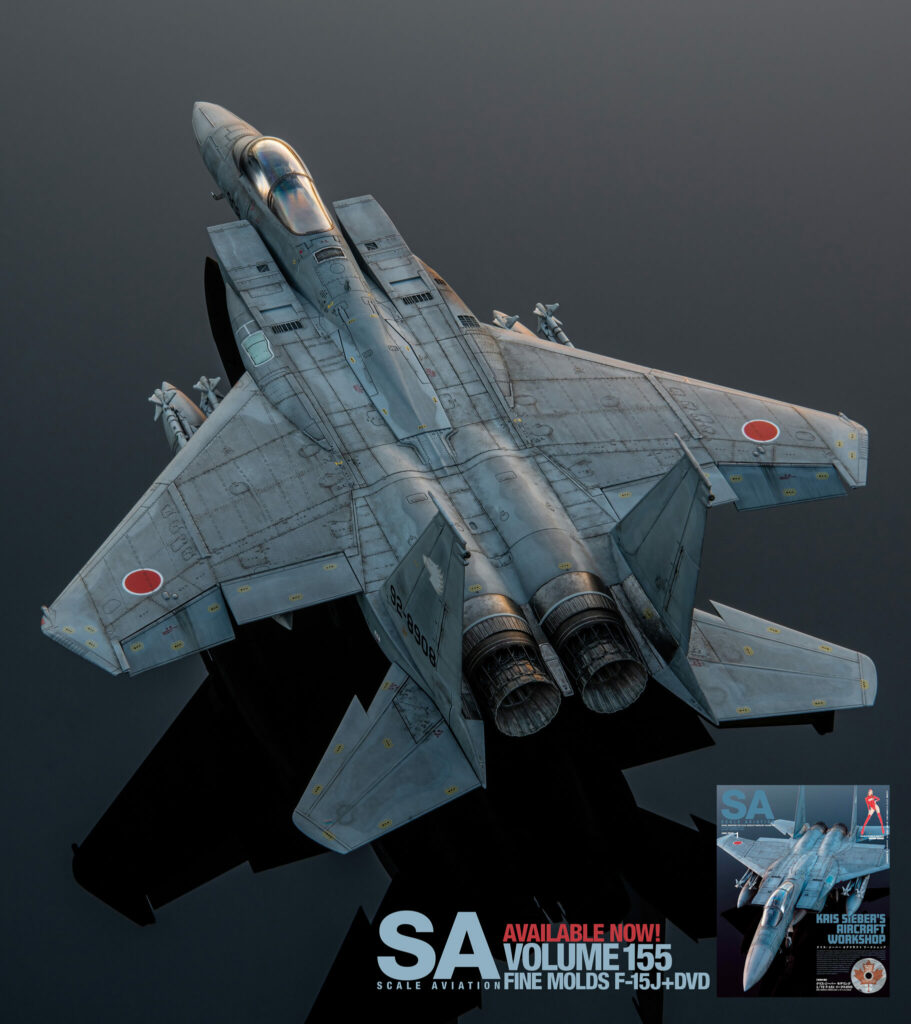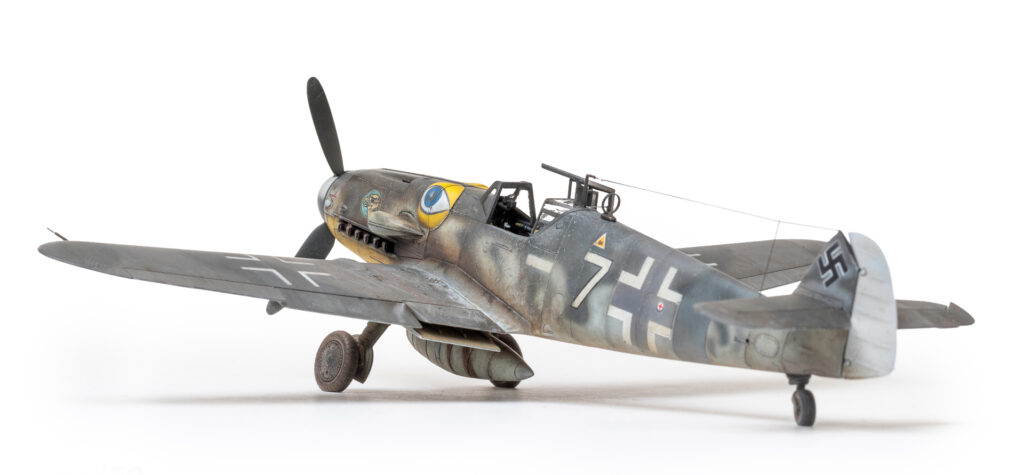Scale Aviation 155 Captions
F-15J Eagle Prologue Fine Mold’s F-15J is a detail-rich canvas, particularly for 1/72. Tackling the intricate work early, when enthusiasm is high, always pays dividends for me. Conveniently, the parts breakdown of the kit enables work on the rest of the aircraft to proceed in parallel, when a break is needed. 2.5mm holes drilled in existing cable run […]
Scale Aviation 155 Captions Read More »

